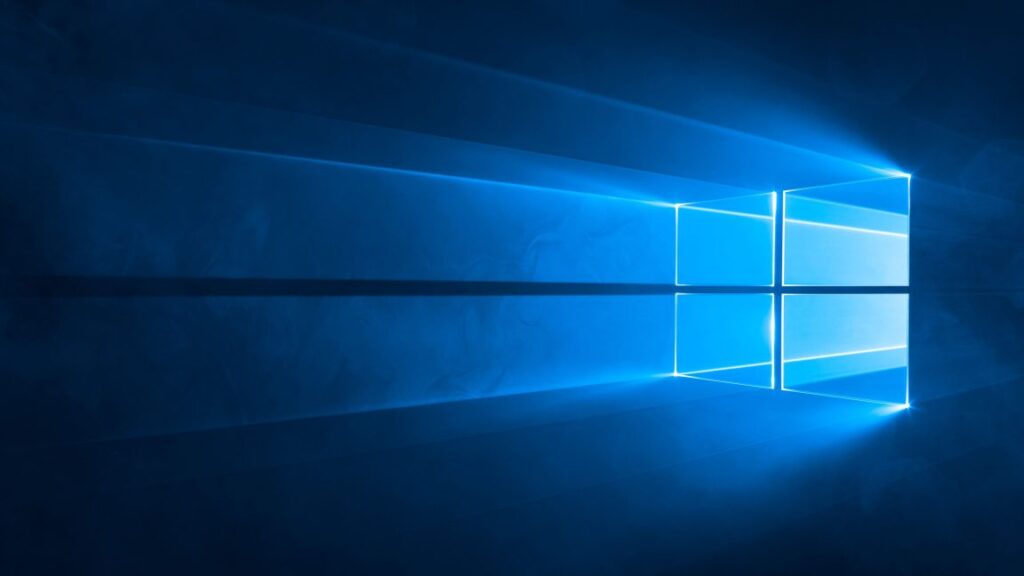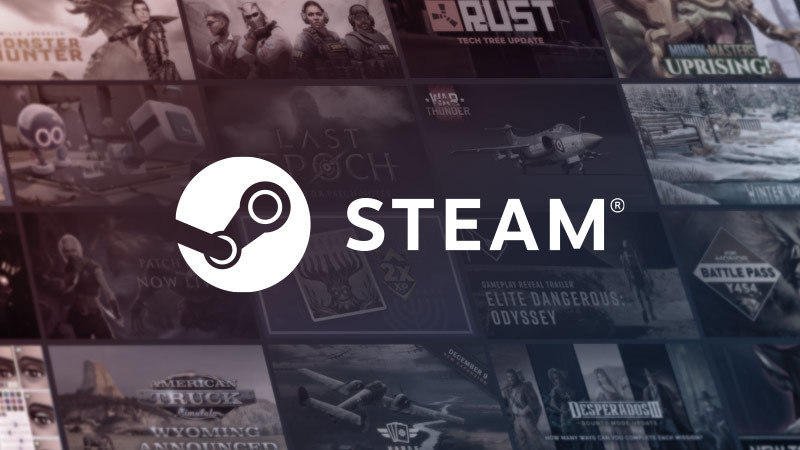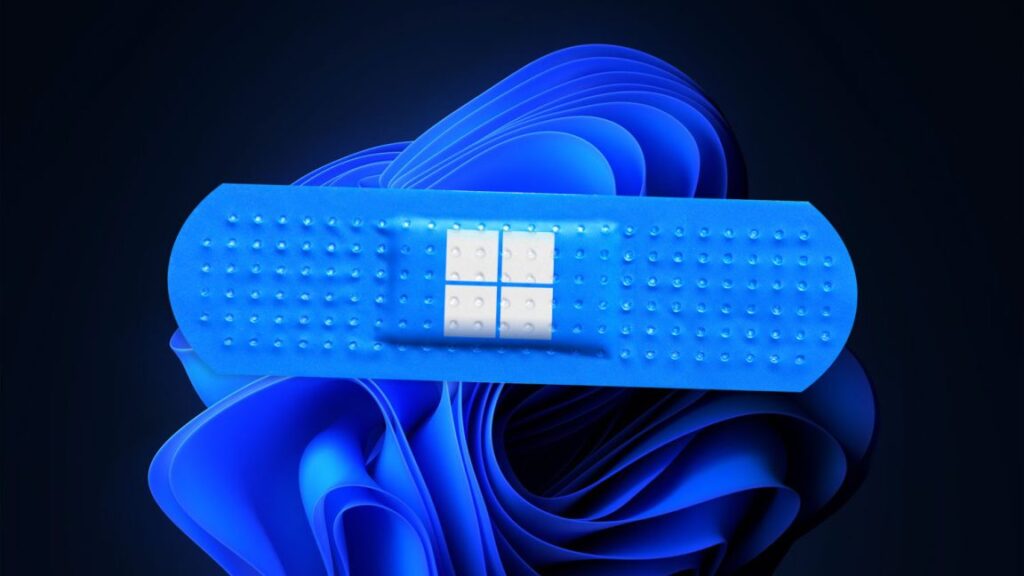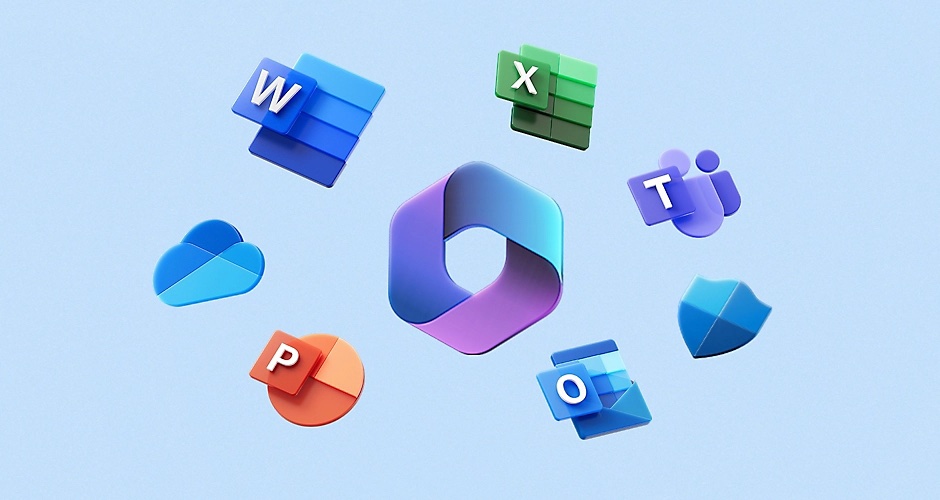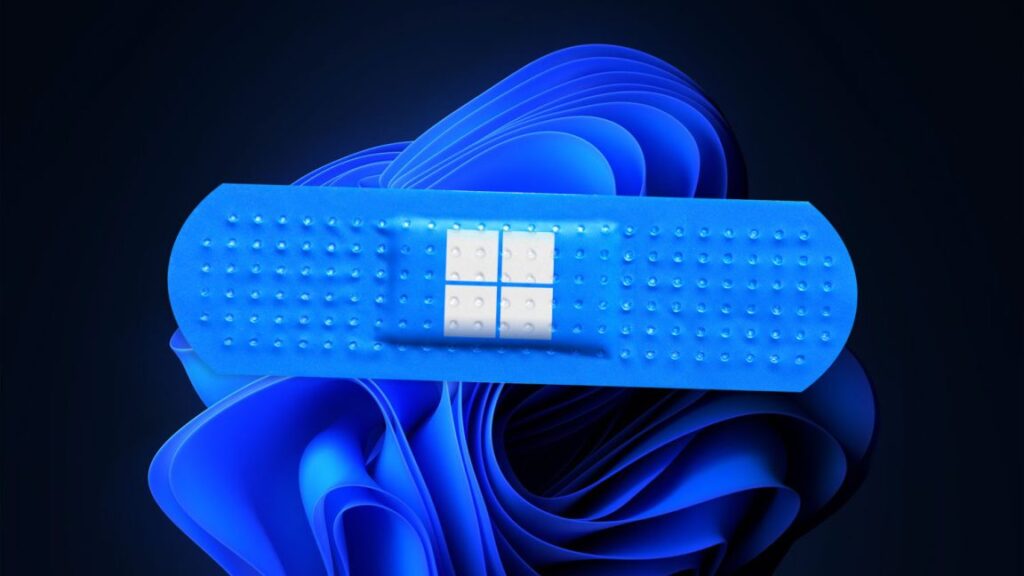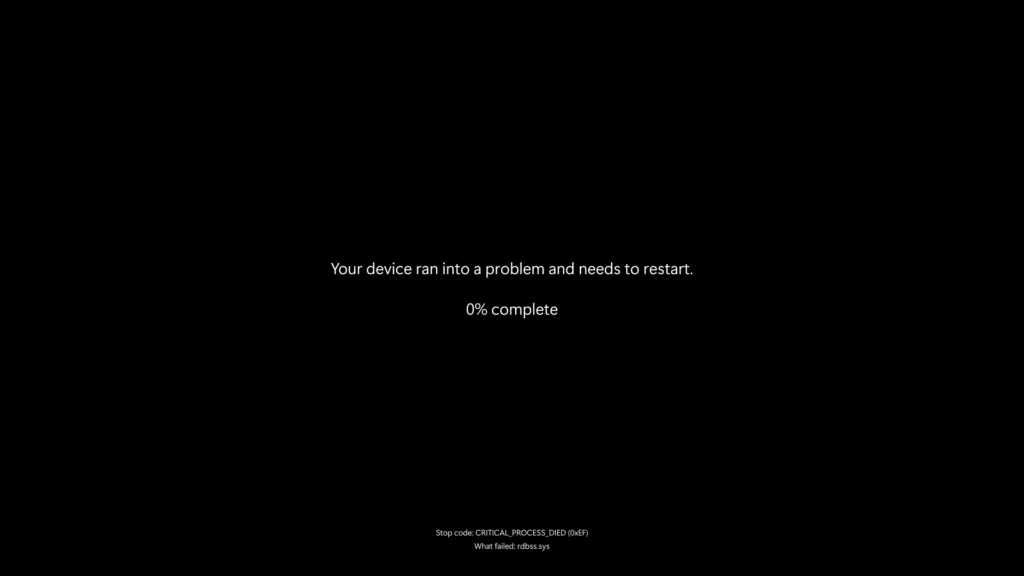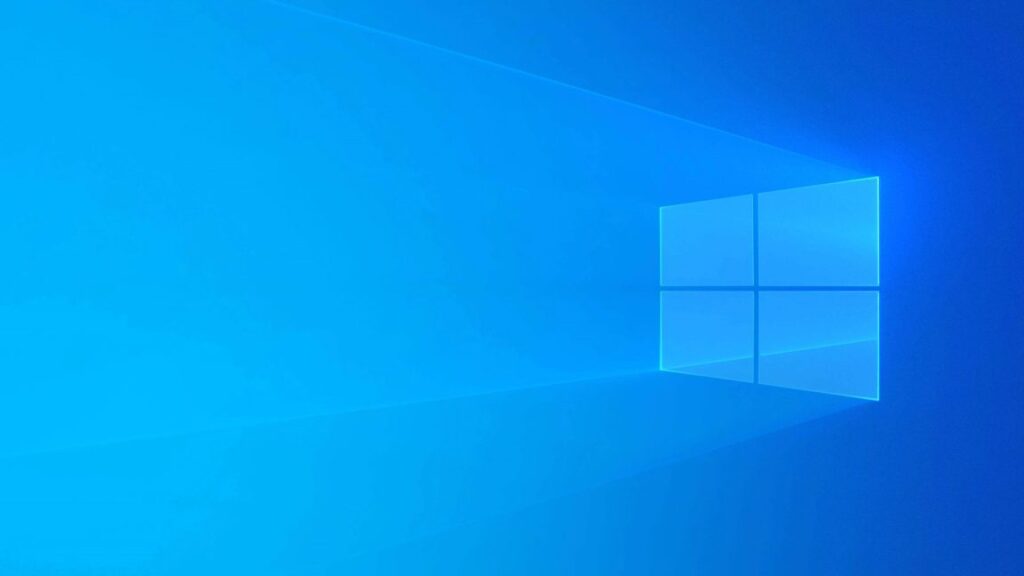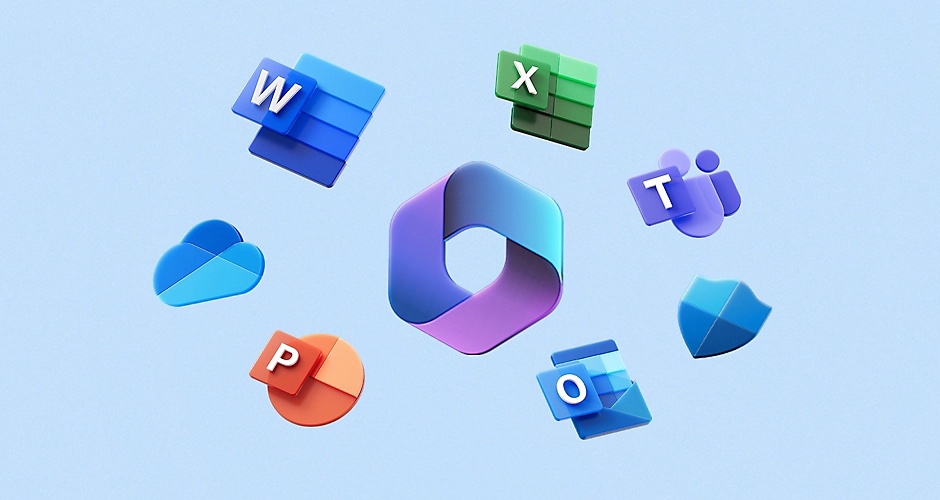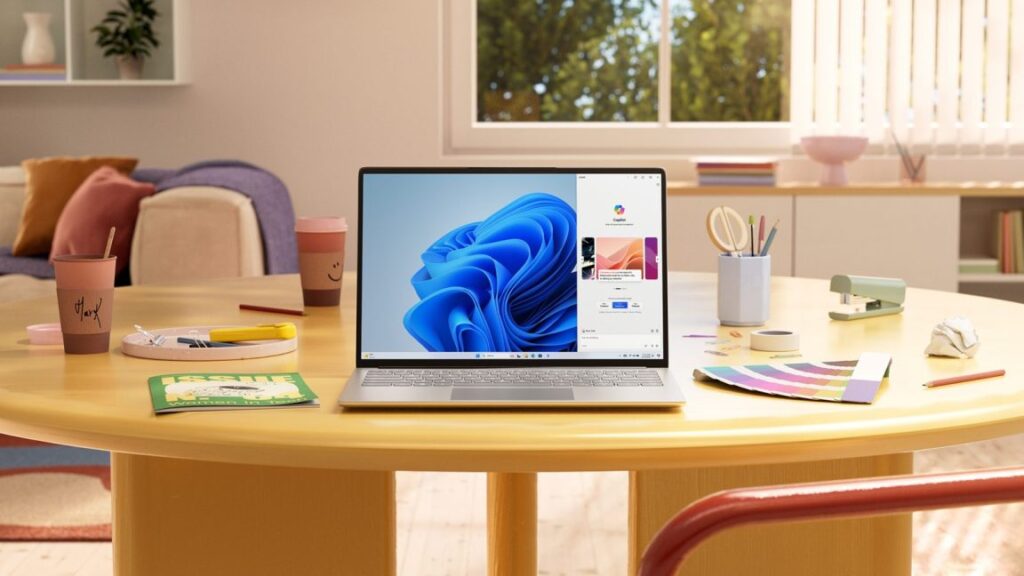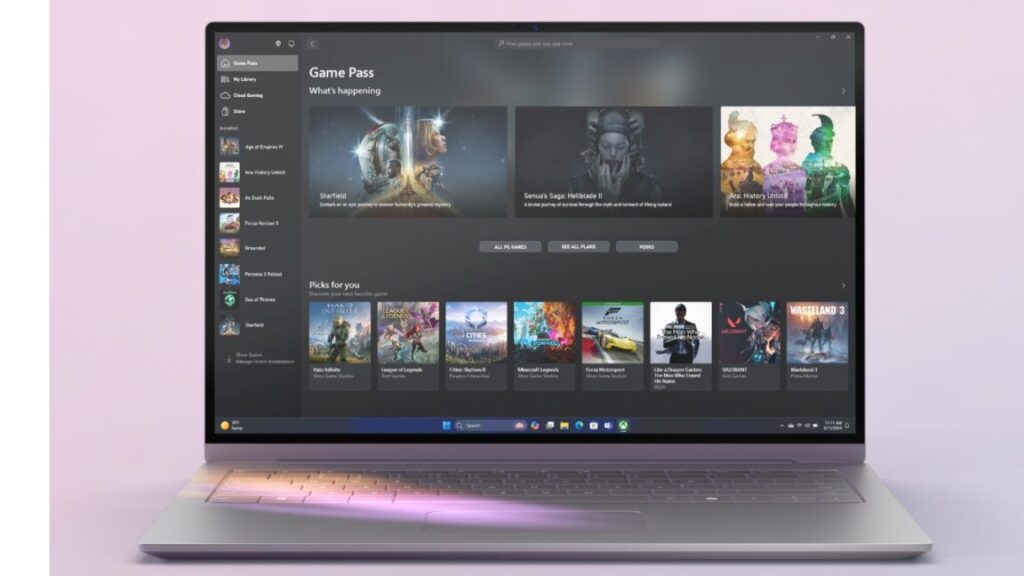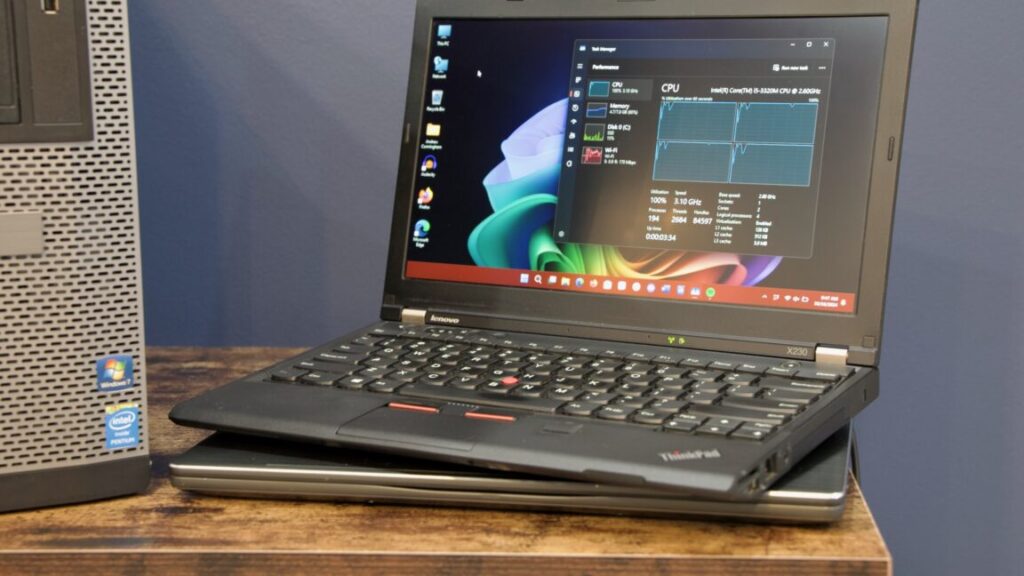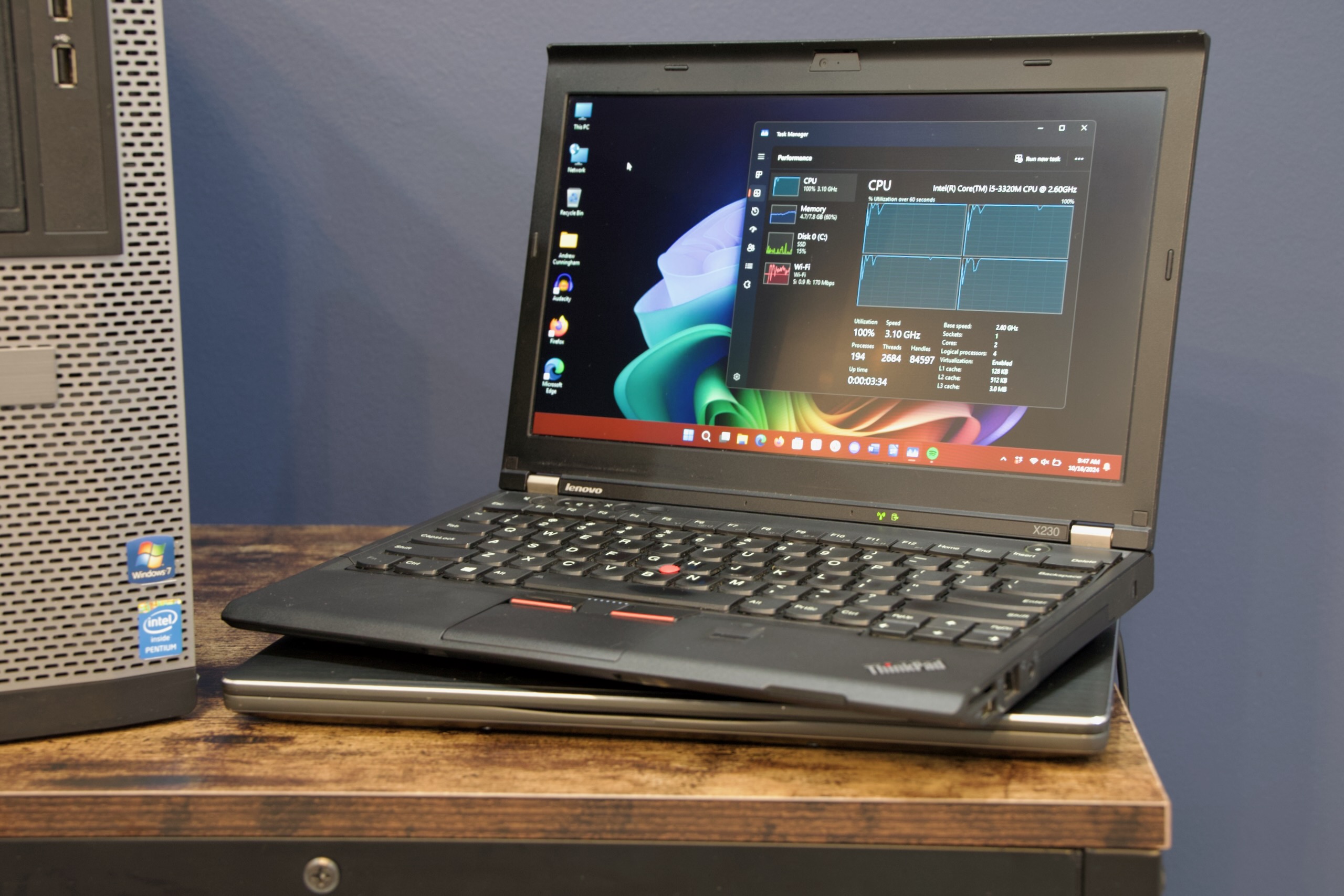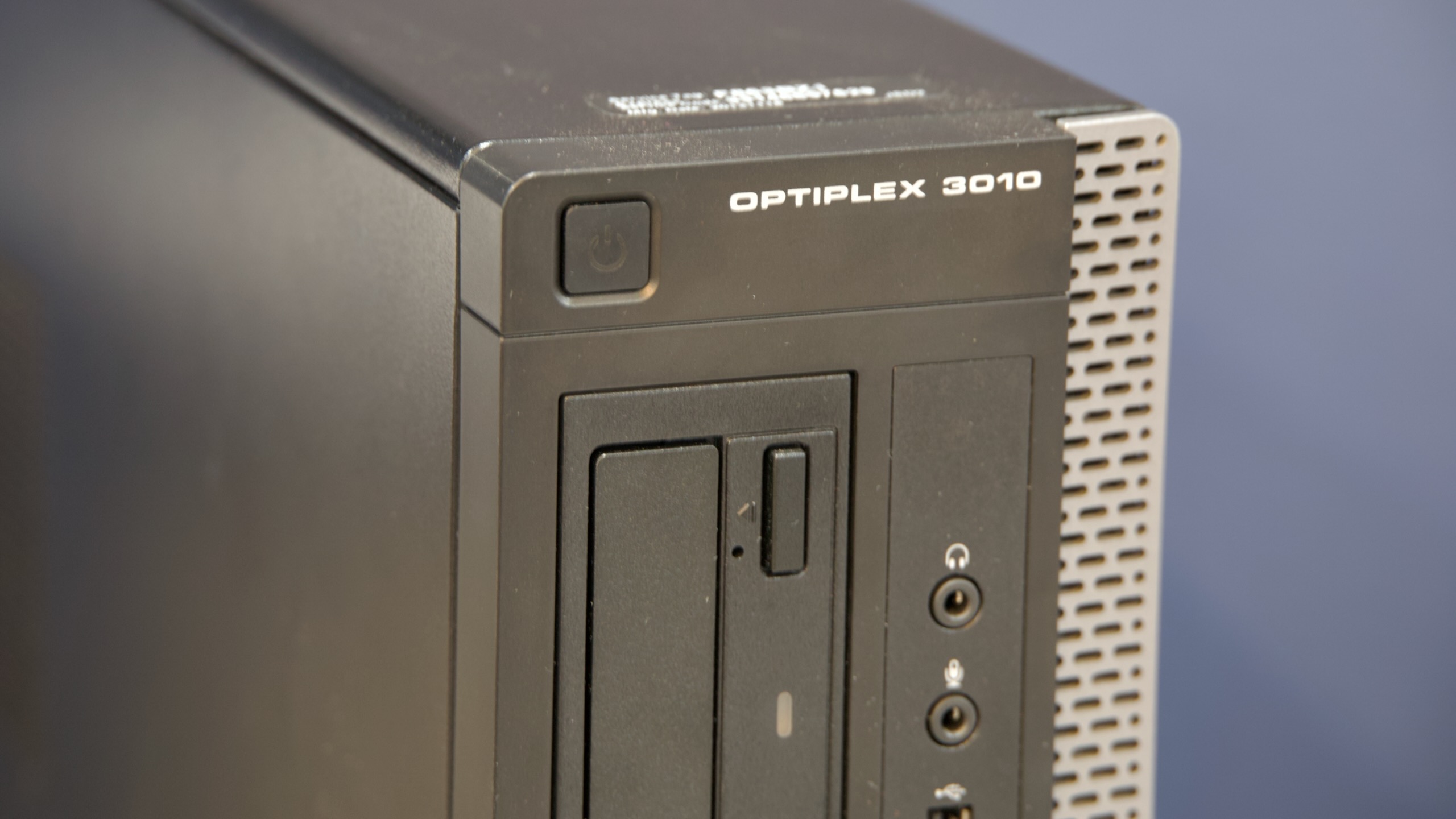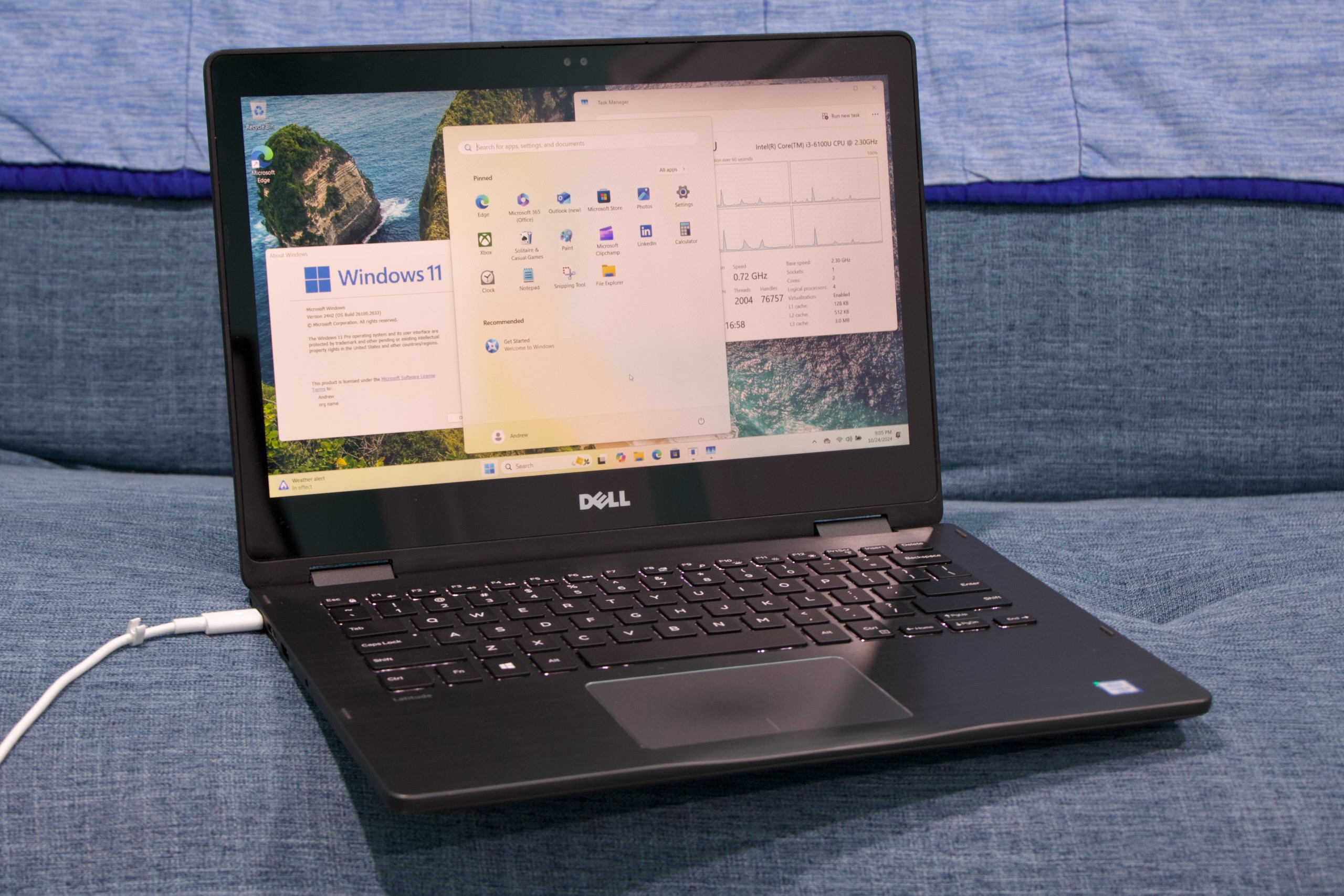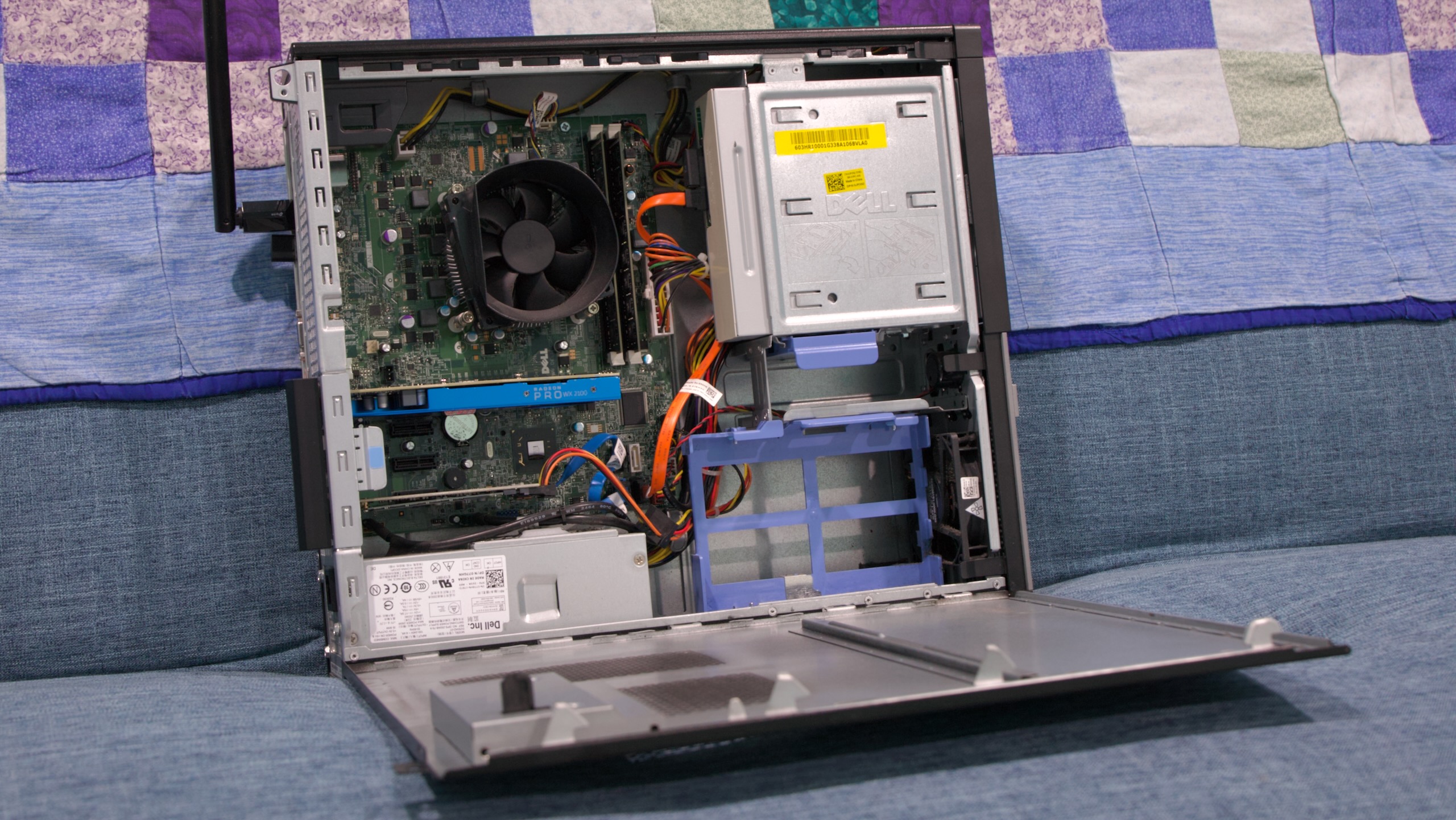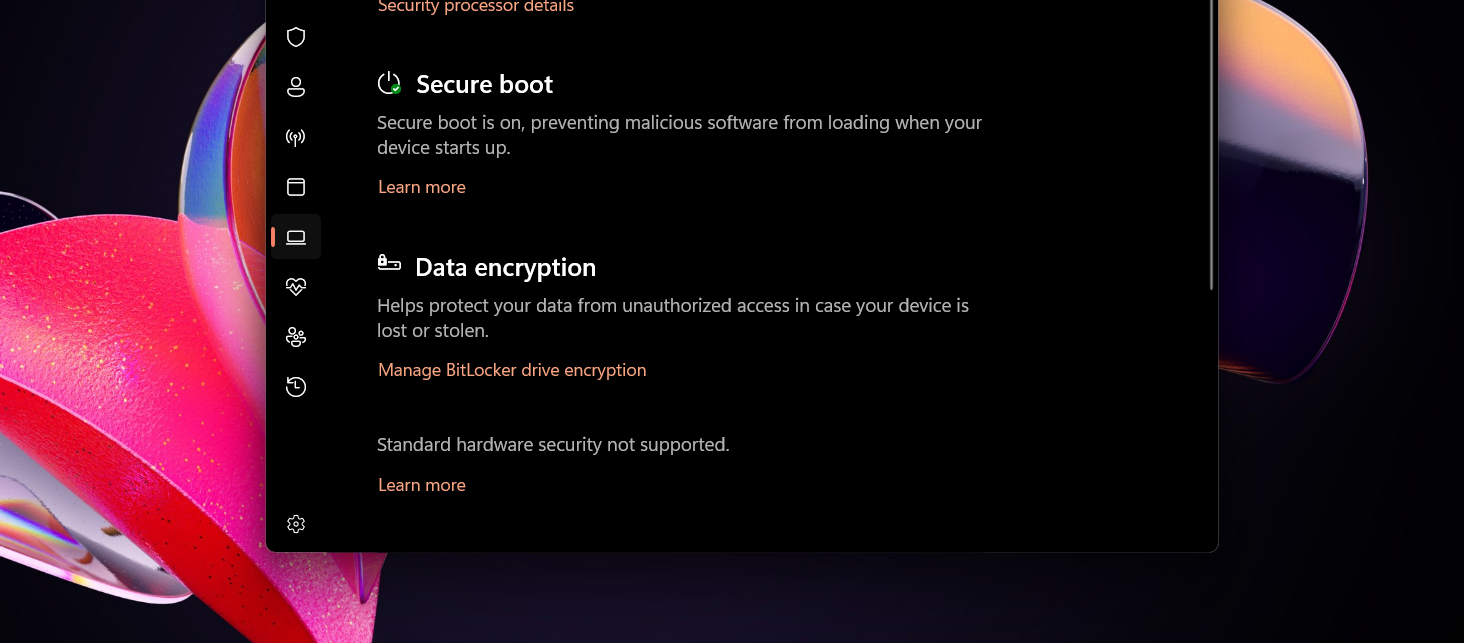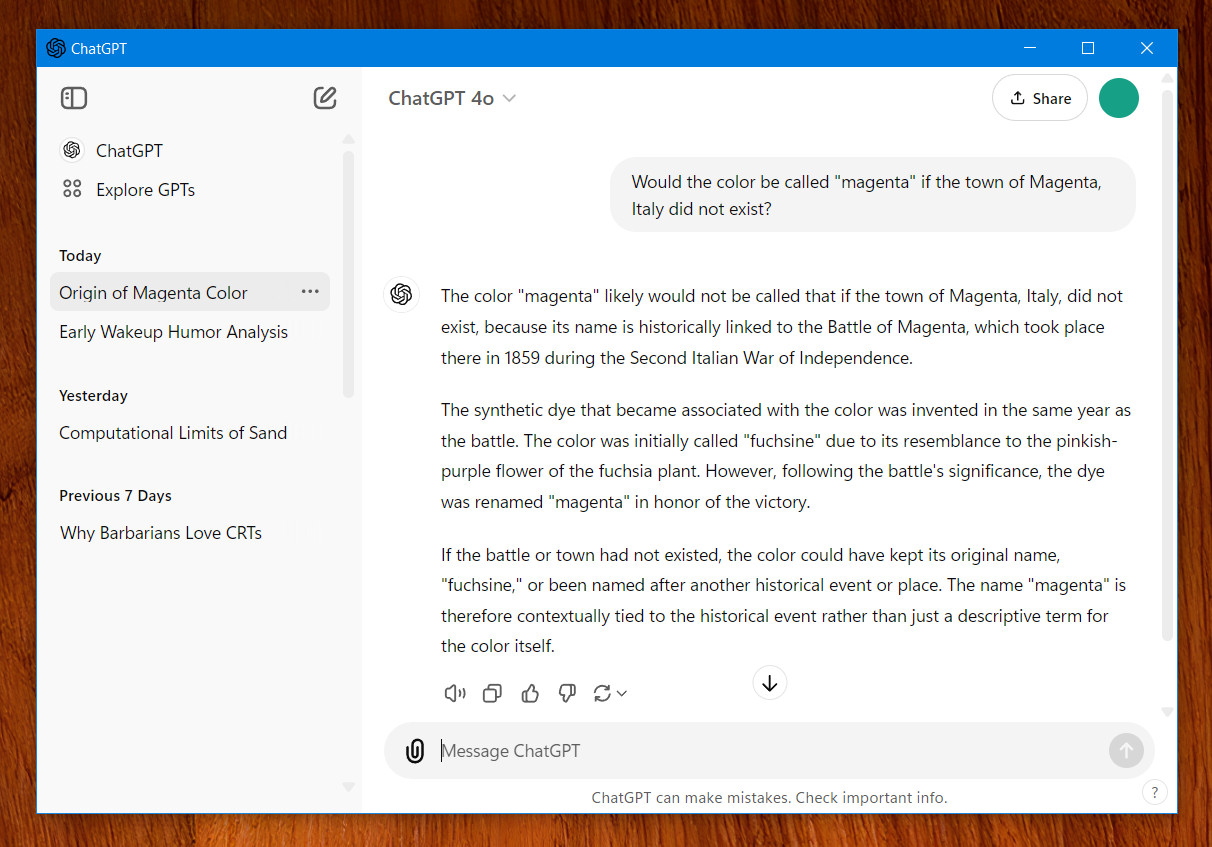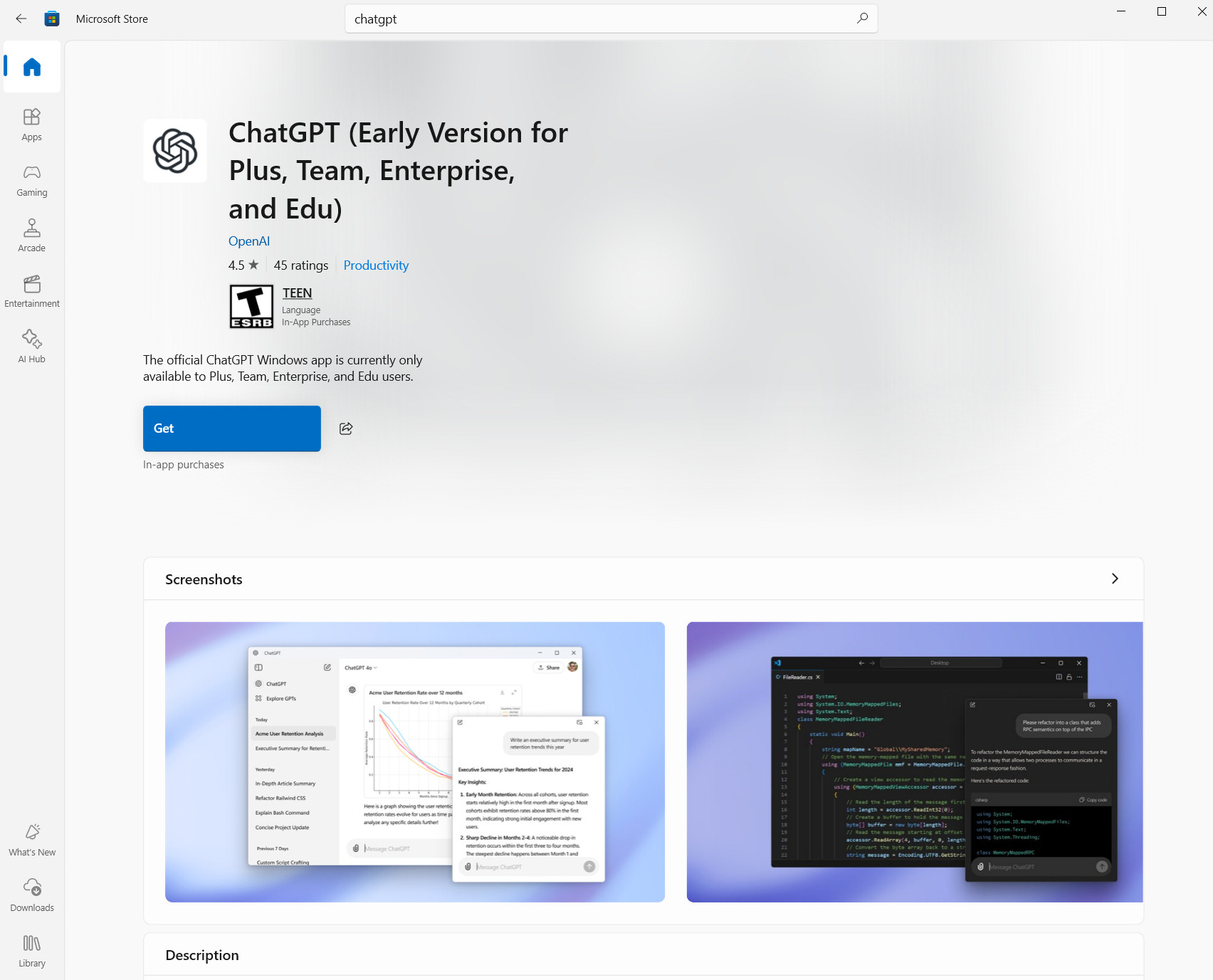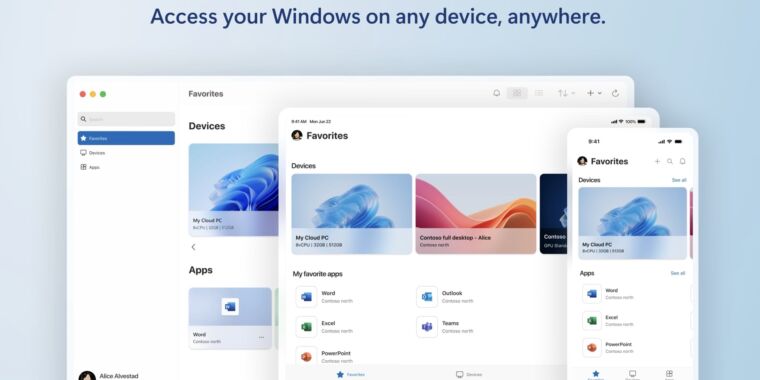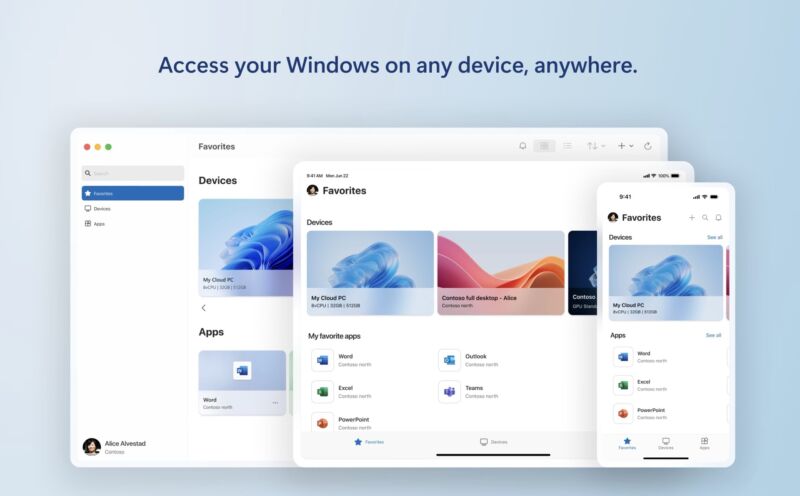Windows 10 support “ends” today, but it’s just the first of many deaths
Today is the official end-of-support date for Microsoft’s Windows 10. That doesn’t mean these PCs will suddenly stop working, but if you don’t take action, it does mean your PC has received its last regular security patches and that Microsoft is washing its hands of technical support.
This end-of-support date comes about a decade after the initial release of Windows 10, which is typical for most Windows versions. But it comes just four years after Windows 10 was replaced by Windows 11, a version with stricter system requirements that left many older-but-still-functional PCs with no officially supported upgrade path. As a result, Windows 10 still runs on roughly 40 percent of the world’s Windows PCs (or around a third of US-based PCs), according to StatCounter data.
But this end-of-support date also isn’t set in stone. Home users with Windows 10 PCs can enroll in Microsoft’s Extended Security Updates (ESU) program, which extends the support timeline by another year. We’ve published directions for how to do this here—while you do need one of the Microsoft accounts that the company is always pushing, it’s relatively trivial to enroll in the ESU program for free.
Home users can only get a one-year stay of execution for Windows 10, but IT administrators and other institutions with fleets of Windows 10 PCs can also pay for up to three years of ESUs, which is also roughly the amount of time users can expect new Microsoft Defender antivirus updates and updates for core apps like Microsoft Edge.
Obviously, Microsoft’s preferred upgrade path would be either an upgrade to Windows 11 for PCs that meet the requirements or an upgrade to a new PC that does support Windows 11. It’s also still possible, at least for now, to install and run Windows 11 on unsupported PCs. Your day-to-day experience will generally be pretty good, though installing Microsoft’s major yearly updates (like the upcoming Windows 11 25H2 update) can be a bit of a pain. For new Windows 11 users, we’ll publish an update to our Windows 11 cleanup guide soon—these steps help to minimize the upsells and annoyances that Microsoft has baked into its latest OS.
Windows 10 support “ends” today, but it’s just the first of many deaths Read More »
